But boy, both pastrami and corned beef are delicious on sandwiches. Corned beef is most commonly used on the classic Reuben sandwich with sauerkraut and Russian dressing, while pastrami is typically served on rye with mustard. Don't forget the pickles either way! Read More about St. Patrick's Day. Here's the True History Behind St. Patrick’s Day Corned beef and cabbage may be one of the most recognizable dishes associated with St. Patrick’s Day, but its history is far more Irish-American than traditionally Irish. What began as an adaptation by Irish immigrants in the United States, influenced by Jewish butchers and urban food availability, has become a deeply rooted culinary Here’s exactly what corned beef and cabbage is and why we eat it on St. Patrick’s Day. Corned beef is a cut of meat similar to brisket that has been salt-cured. The term “corned” comes from the usage of large grained rock salt, called “corns,” used in the salting process. Today, salt brines are more popular. A little history on a classic St. Patrick’s Day meal. Corned beef, cabbage, roasted potatoes, and carrots. —Linda Vadasz With St. Patrick’s Day upon us, I want to share a recipe for corned Corned Beef and St. Patrick’s Day. Over the years, corned beef and cabbage became a traditional meal serving during St. Patrick’s Day celebrations primarily in the United States. But how did it evolve into a symbol of Irish heritage? The Role of St. Patrick’s Day. St. Patrick’s Day, celebrated on March 17th, marks the death of St The History of Corned Beef on St. Patrick's Day. Although corned beef is referred to as one of Ireland’s national dishes, it really got its start in New York City. In Ireland, cattle always had been raised for milk, and beef was not part of the regular Irish diet. Bacon, often eaten with cabbage, was the Irish go-to meal. Over time, corned beef became a symbol of Irish culture and heritage. Irish Americans consumed up to seven pounds per person annually! When St. Patrick’s Day parades and celebrations emerged, there was no more fitting centerpiece meal than corned beef and its customary accompaniments. Why Corned Beef Stayed Center Stage on St. Patrick’s Day When beef was considered a luxury in Ireland in the 19th century, the Irish turned to Irish bacon or salt pork as their St. Patrick's Day proteins. However, once the Irish immigrated to the United What is the origin of corned beef as a St. Patrick’s Day dish? Corned beef, as a dish associated with St. Patrick’s Day, has its roots in the Irish-American immigrant experience rather than in Ireland itself. In the 19th century, Irish immigrants came to the United States and sought affordable sources of meat to serve during celebrations. Over time, the tradition of eating corned beef on St. Patrick’s Day became more and more popular in America, and it is now a staple of many St. Patrick’s Day celebrations. While it may not be a traditional Irish dish, it has become an important part of Irish-American culture and is enjoyed by many people on this holiday. St. Patrick’s Day is synonymous with parades, green beer, shamrocks, and, for many Irish Americans, a steaming plate of corned beef and cabbage. However, many are surprised to learn that this dish is not actually an Irish tradition—at least not in the way it's commonly believed. So why do Irish Americans eat corned beef and Just like green cocktails, shamrock-inspired treats, and incorporating Baileys and Guinness into just about any dish, serving corned beef recipes on St. Patrick's Day is part of Irish-American Why do we eat corned beef and cabbage on St. Patrick's Day? According to thekitchn.com , corned beef in the 19th century was a luxury item in Ireland. Most Irishmen ate a salted pork akin to bacon. There was never a St. Patrick’s Day when I was growing up when we didn’t enjoy this meal. Mind you we were not one bit Irish, but my mother was all about St. Patrick’s Day. She always made her friend Mrs. Shea’s Irish Soda Bread and corned beef and cabbage was always the star of the show for dinner on that special day. Why do we eat corned beef and cabbage on St. Patrick's Day? According to thekitchn.com , corned beef in the 19th century was a luxury item in Ireland. Most Irishmen ate a salted pork akin to bacon. Their best option for a lower-cost meat was, you guessed it: corned beef. What was once a luxury item became a food that was now inexpensive and readily available. So it was the Irish-American consumption of corned beef that initiated its association with Ireland and the holiday of St. Patrick’s Day. Why Do We Eat Corned Beef on St. Patrick's Day? While corned beef is a traditional Irish dish, the act of indulging in a slice or two on St. Patrick's Day is actually a largely American tradition. In 19th-century Ireland, beef was considered a luxury, so cured pork was their main source of protein. So if you're celebrating a holiday or want a substantial supper, this dish will become a star in your kitchen! The History of Corned Beef with Cabbage for St. Patrick's Day Famously tied to Irish food, corned beef and cabbage is a traditional meal that many enjoy during St. Patrick's Day festivities. The Want to Explore More About St. Patrick’s Day and Its Deep Roots? 👉 The History of the St. Patrick’s Day Shamrock Ceremony at the White House: A Bowl of Shamrock, A Tangle of Stories, and the Fire of Ireland’s Soul. 👉 St Patrick’s Day 2025: Festivals Across Ireland’s Towns and Cities for You to Discover Celebrate St. Patrick’s Day with the Ultimate Smoked Corned Beef and Cabbage Feast! View Youtube Video Here Corned Beef & Cabbage Get ready to elevate your St. Patrick’s Day feast with a smoked take on the classic corned beef and cabbage dish. This recipe brings bold flavors, juicy tenderness, and just the right t
Articles and news, personal stories, interviews with experts.
Photos from events, contest for the best costume, videos from master classes.
 |  |
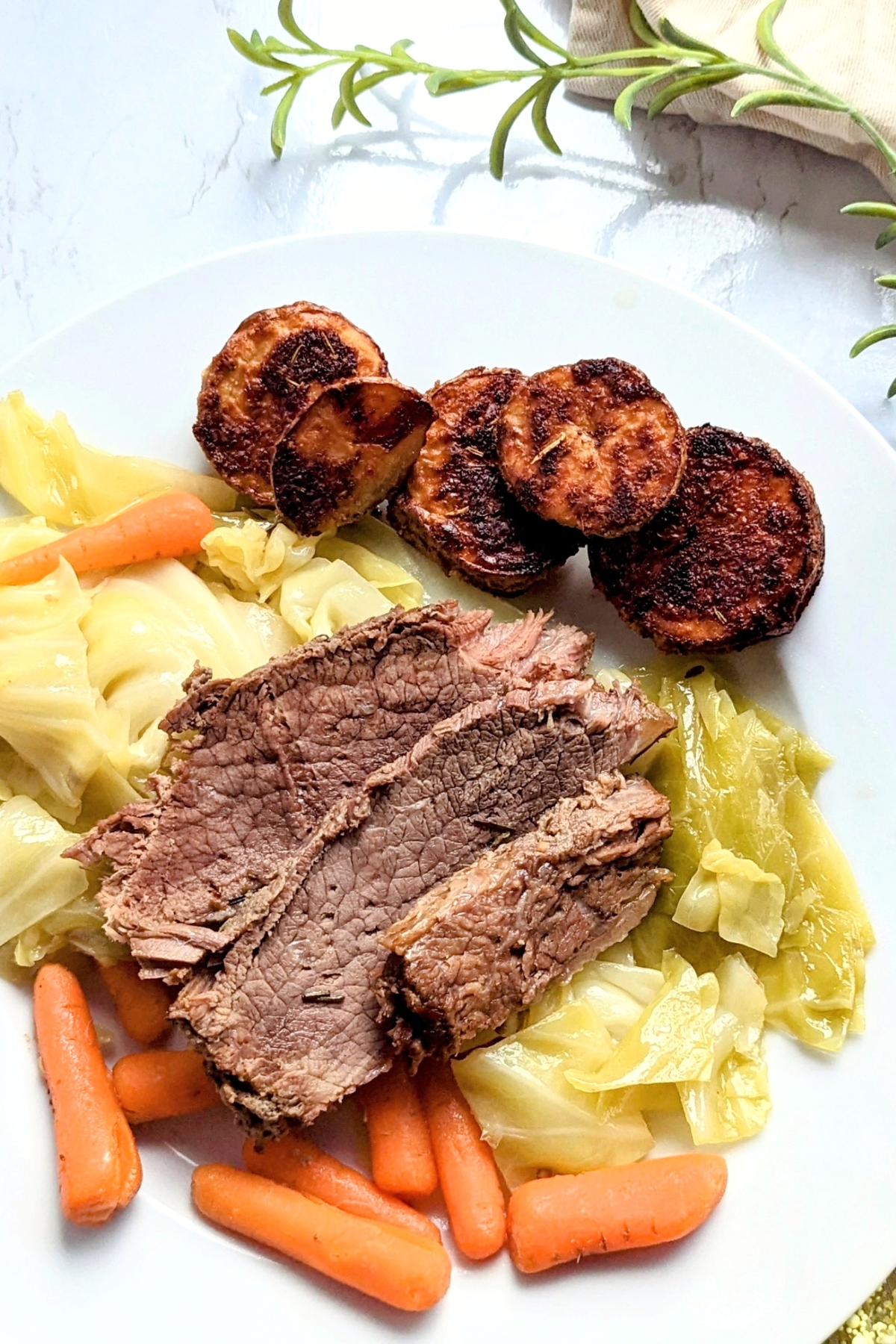 | 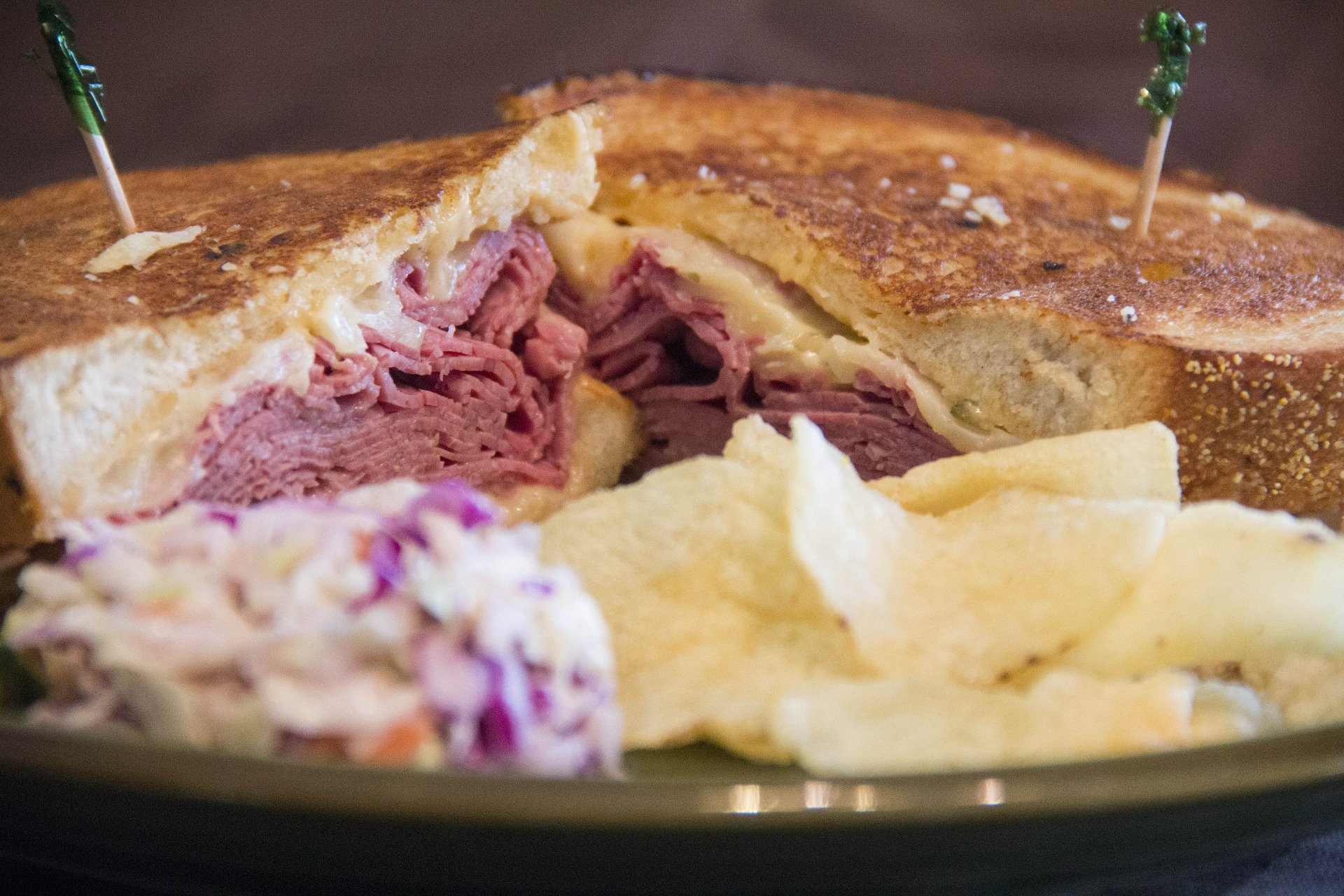 |
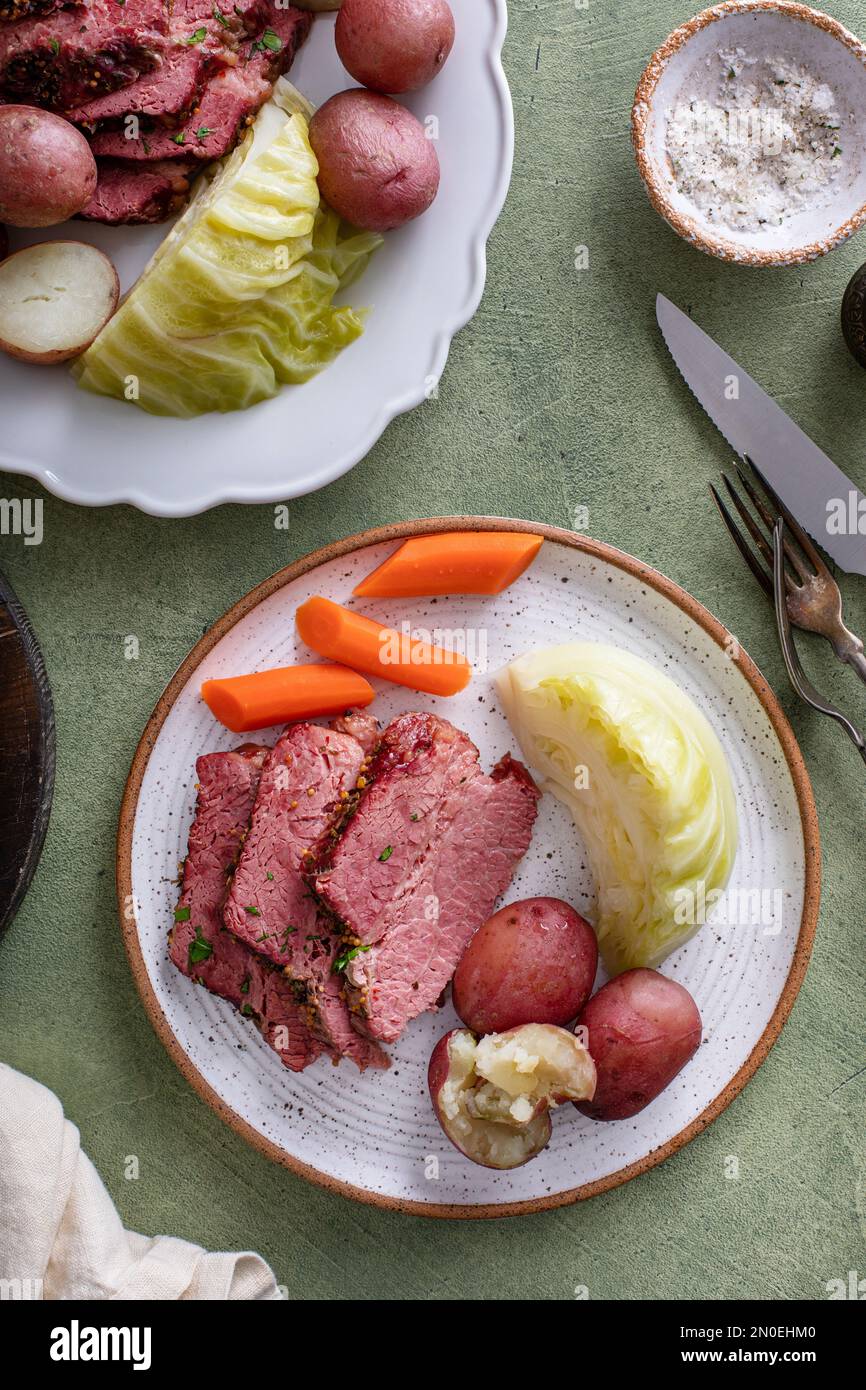 | 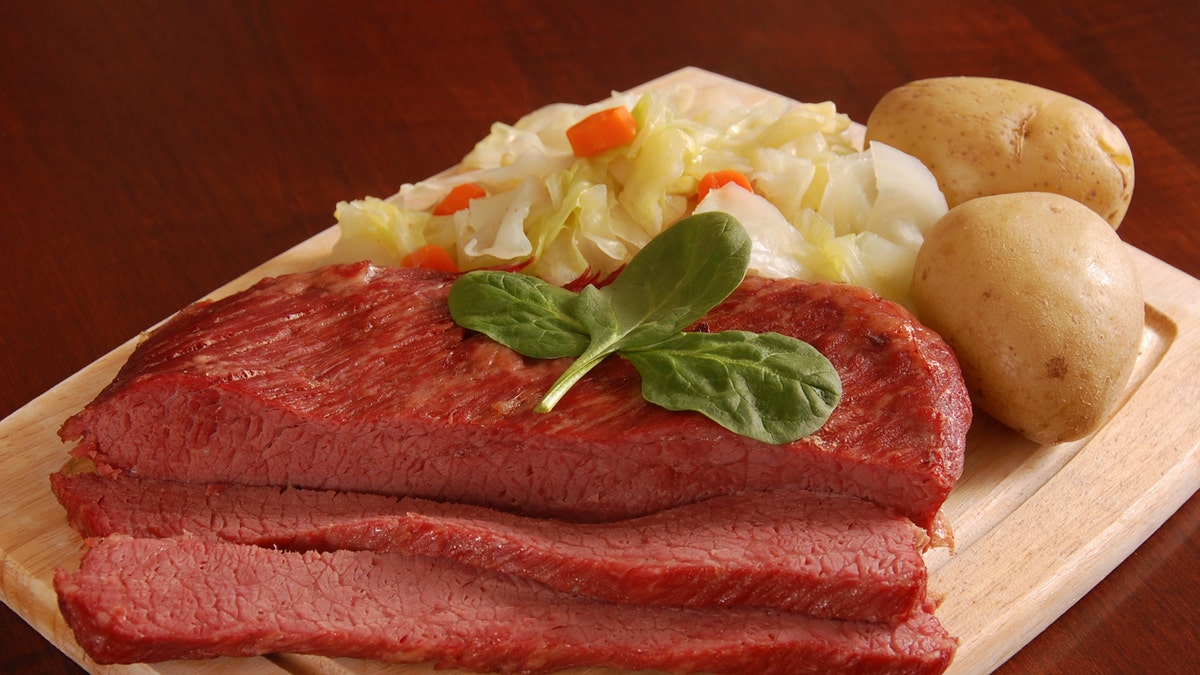 |
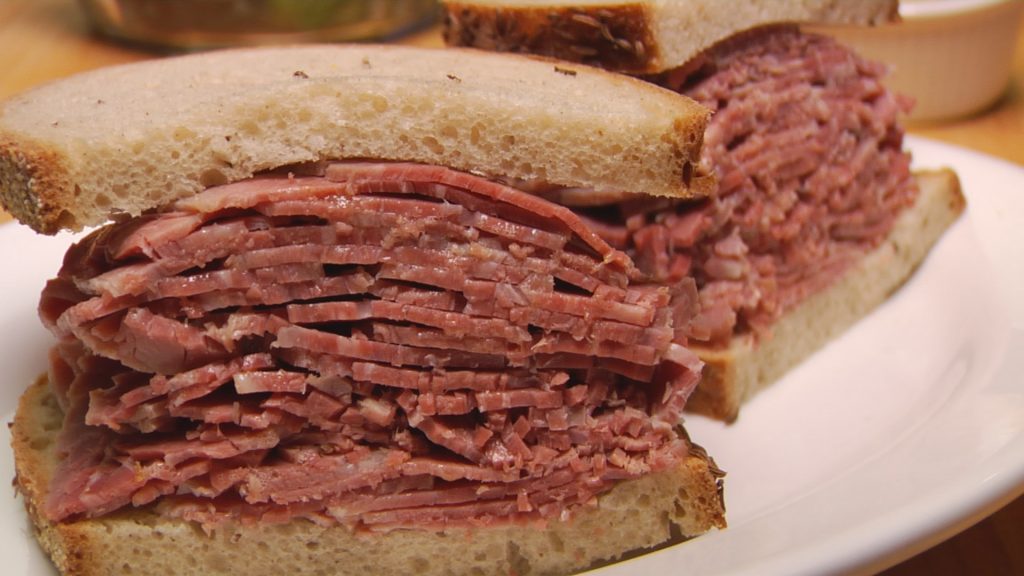 | 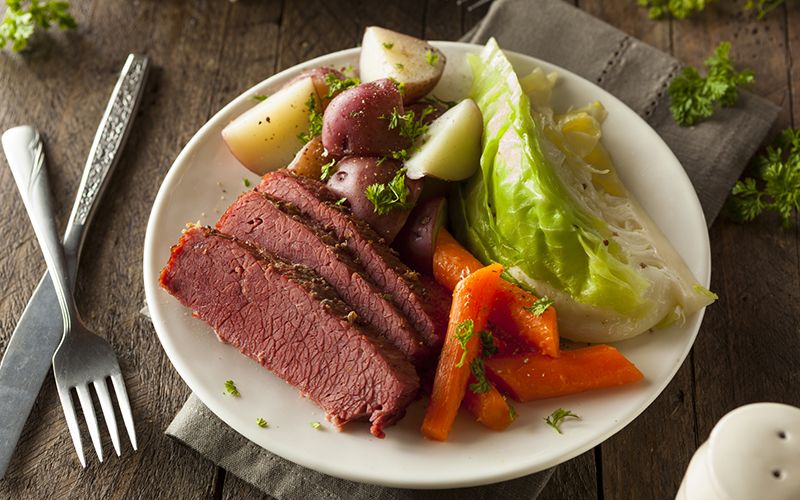 |
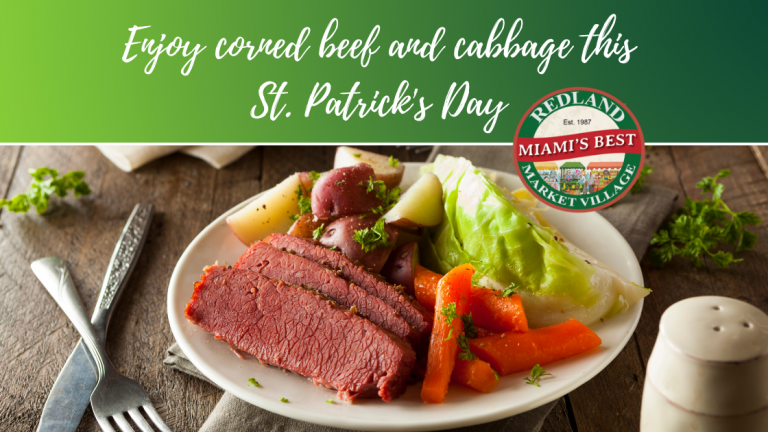 |  |
 | 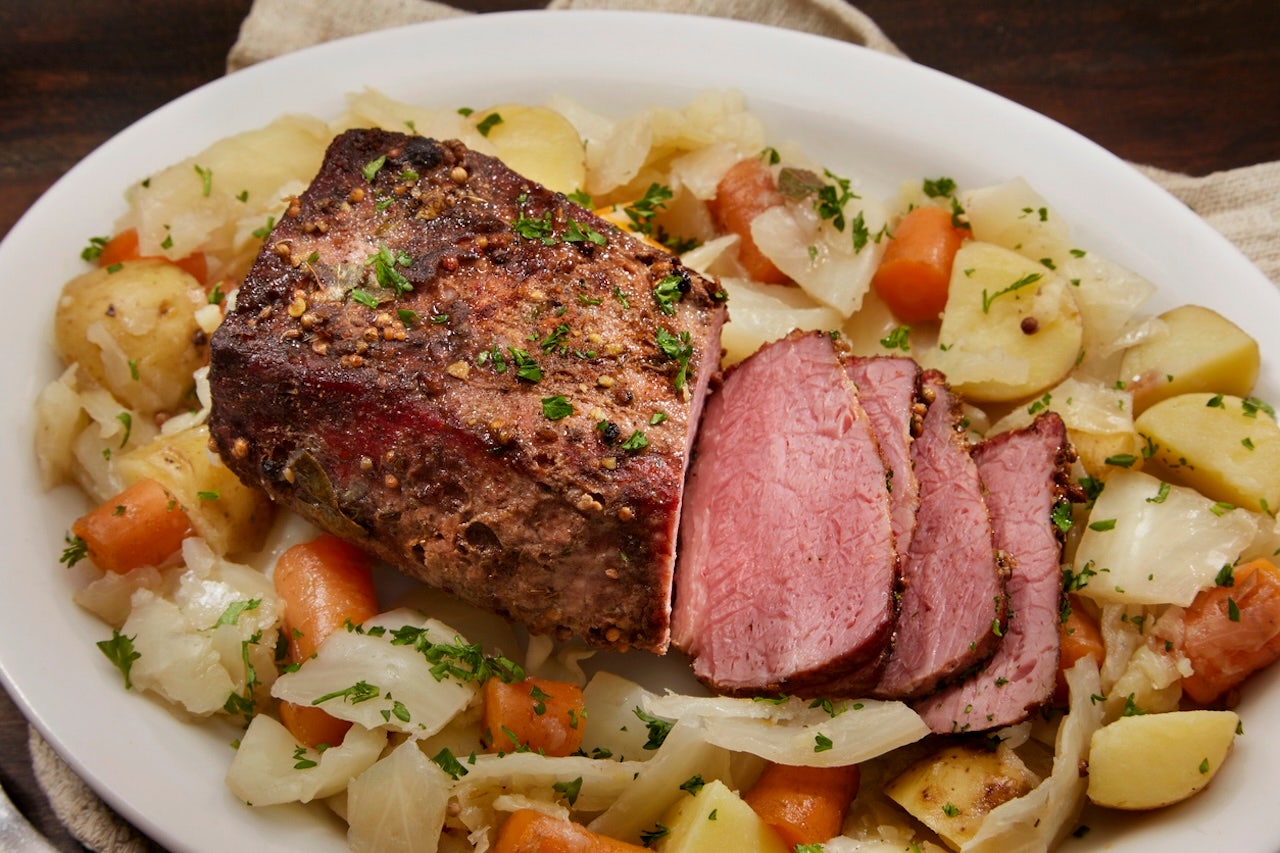 |